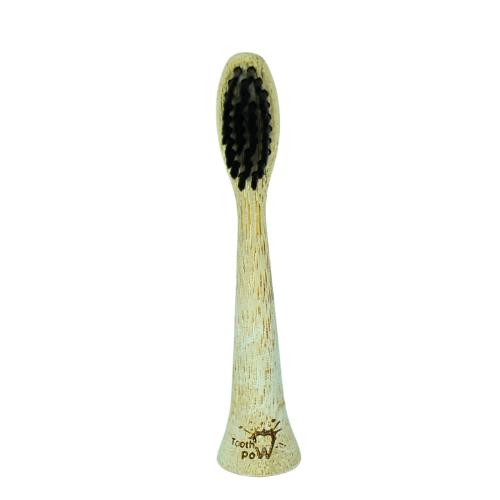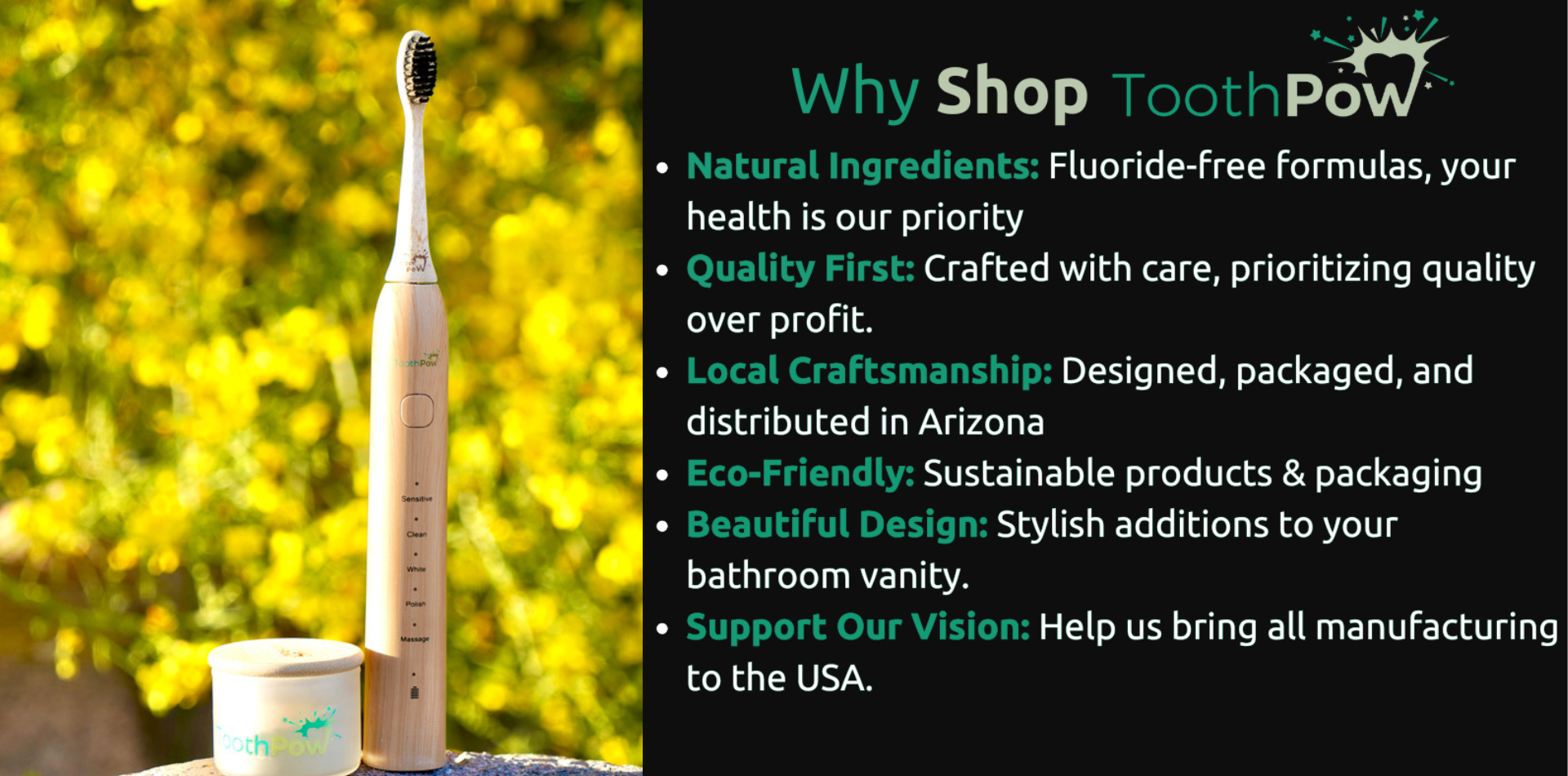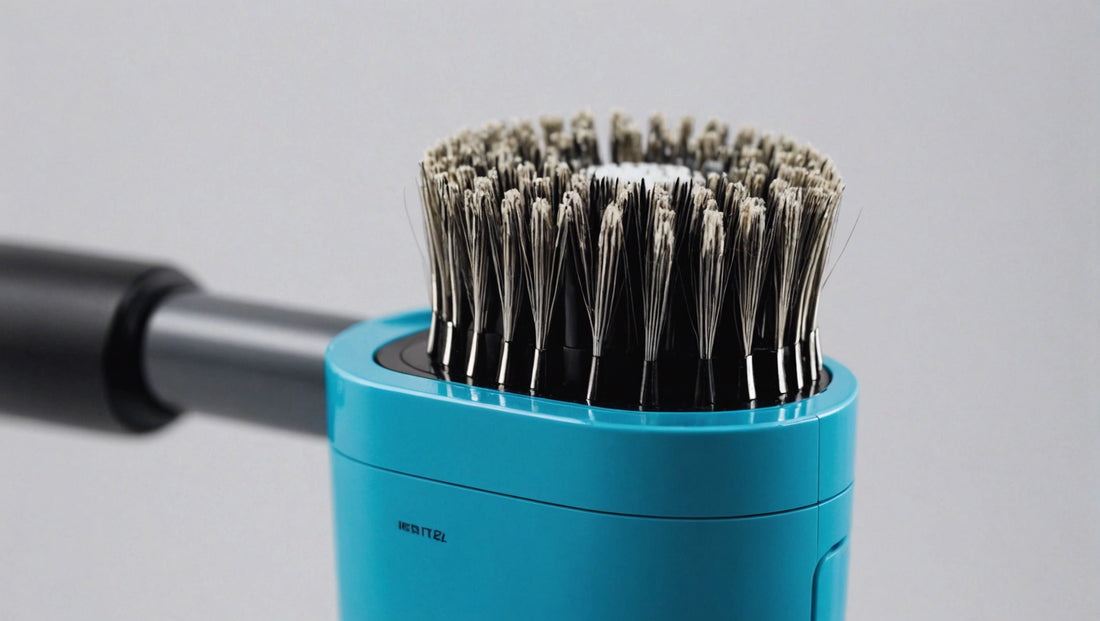Introduction
Maintaining proper oral hygiene is essential for a healthy smile, and your electric toothbrush plays a crucial role in this routine. However, to ensure your toothbrush is working effectively, it's important to replace the brush head regularly. This article will explore how often you should change your electric toothbrush head, the reasons behind it, and tips for maintaining your toothbrush for optimal oral health.
Why Is It Important to Change Your Electric Toothbrush Head?
Maintaining Effective Cleaning
Over time, the bristles on your toothbrush head wear out and become less effective at removing plaque and food particles. Worn-out bristles can’t clean your teeth and gums as thoroughly, which may lead to an increased risk of cavities and gum disease. Regularly replacing your toothbrush head ensures that you are getting the most effective clean possible.
Preventing Bacterial Build-Up
As you use your toothbrush, bacteria, food particles, and toothpaste residue accumulate on the bristles. Even with thorough rinsing, some bacteria can remain and multiply, potentially leading to oral health issues. Changing your toothbrush head regularly helps minimize bacterial build-up, keeping your mouth cleaner and healthier.
Preserving Gum Health
Worn or frayed bristles can be harsh on your gums, causing irritation or even damage over time. By replacing your toothbrush head regularly, you ensure that the bristles remain gentle yet effective, helping to maintain healthy gums.

How Often Should You Change Your Electric Toothbrush Head?
General Recommendation: Every 3 Months
Most dental professionals and electric toothbrush manufacturers recommend changing your toothbrush head every three months. This timeline ensures that the bristles remain effective and hygienic. If you notice the bristles becoming frayed or discolored before the three-month mark, it's a good idea to replace the head sooner.
Signs It's Time to Change Your Toothbrush Head
Frayed or Worn Bristles: Visibly worn or splayed bristles are a clear sign that it's time for a new toothbrush head.
Discoloration: If the bristles are stained or discolored, they may harbor bacteria and should be replaced.
Reduced Cleaning Efficiency: If you feel that your teeth aren't getting as clean as they used to, it might be due to worn-out bristles.
Situations That May Require More Frequent Replacement
Illness: If you've been sick, it's wise to replace your toothbrush head once you've recovered to avoid reintroducing germs into your mouth.
Braces or Dental Appliances: If you wear braces or other dental appliances, you might need to replace your toothbrush head more frequently due to increased wear.
Aggressive Brushing: If you tend to brush your teeth aggressively, your toothbrush head may wear out faster, requiring more frequent replacement.
Tips for Maintaining Your Electric Toothbrush
Proper Storage
Store your toothbrush upright and let it air dry. Avoid keeping it in a closed container where moisture can promote bacterial growth. Ensure your toothbrush is stored in a way that allows it to dry completely between uses.
Rinsing and Cleaning
After each use, rinse your toothbrush head thoroughly with water to remove any remaining toothpaste and debris. Periodically, you can soak the toothbrush head in an antiseptic mouthwash for a deeper clean.
Using a Toothbrush Sanitizer
Consider using a toothbrush sanitizer to kill bacteria and keep your toothbrush head hygienic. These devices use UV light or steam to disinfect your toothbrush, providing an extra layer of protection.
Monitoring Bristle Wear
Keep an eye on the condition of the bristles and replace the toothbrush head as soon as you notice any signs of wear, even if it hasn't been three months. This proactive approach helps maintain optimal cleaning performance.
Expert Opinions and Recommendations
Dental Professional Insights
Dental professionals emphasize the importance of replacing your toothbrush head regularly to ensure effective oral hygiene. According to the American Dental Association (ADA), replacing your toothbrush head every three to four months helps maintain its cleaning effectiveness and reduce the risk of gum disease.
Manufacturer Guidelines
Most electric toothbrush manufacturers provide specific recommendations for when to replace the brush head. These guidelines are based on extensive testing to ensure that users get the best performance from their toothbrush.

Conclusion
Regularly changing your electric toothbrush head is crucial for maintaining optimal oral health. By following the general recommendation to replace the head every three months, and paying attention to signs of wear, you can ensure that your toothbrush remains effective in keeping your teeth and gums clean and healthy. Proper maintenance and storage of your electric toothbrush also contribute to its longevity and performance.
For more tips and products to help maintain your oral health, visit the ToothPow website.

